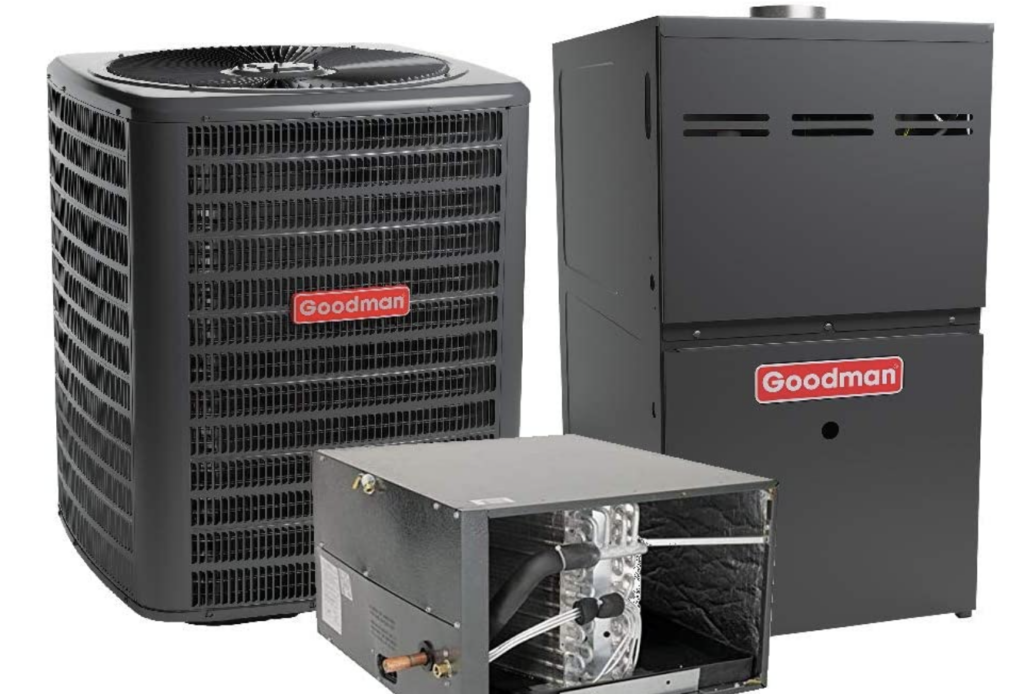Gas Furnaces Becoming Illegal?
The California Air Resources Board put a new law into effect that will require all California residents to replace their gas furnaces with zero-emissions alternatives by 2030.
This article is more than 2 years old
In its efforts to minimize ozone pollution, the California Air Resources Board (CARB) voted to phase out gas furnaces and water heaters. Beginning in 2030, homes will be required to install zero-emissions alternatives, like electric heaters as the sale of fossil-fuelled appliances will be banned. The move is designed to meet EPA regulations limiting emissions in the atmosphere to 70 parts per billion, but much of the Golden State still exceeds that limit.
Speaking to NPR about the ban on gas furnaces, CARB Chair Liane Randolph said, “We need to take every action we can to deliver on our commitments to protect public health from the adverse impacts of air pollution. With the strategy, we can do just that.” She added that while this strategy will clean the air for Californians, it will also lead to reduced emissions in the many low-income and disadvantaged communities that experience greater levels of persistent air pollution.

The vote was met with public comments which included some opposition. Retired Engineer Michael Kapolnek said reduced emissions don’t justify the cost to homeowners forced into expensive upgrades. But groups like the American Lung Association and the Sierra Club supported the ban on gas furnaces. Senior Policy Advocate at Sierra Club California, Daniel Barad said the move will reduce the building sector’s carbon footprint and improve public health.
According to a report from policy research group SPUR, fossil-fuelled appliances like gas furnaces in California homes and buildings generate four times as much lung-damaging nitrogen oxide as the state’s gas-powered plants. “To meet federal air quality standards that protect the health, air quality regulators must phase out the sale of gas appliances and implement equity-centered implementation plans for transitioning homes to electric alternatives,” the report says.
This latest environmental action will speed up California’s transition from fossil fuels to cleaner forms of energy. Interestingly, the gas furnace ban is just the latest aggressive climate decision state officials made this year. Last month, CARB banned the sale of new gasoline-powered passenger cars and light duty trucks starting in 2035.
And just last week, the California Public Utilities Commission voted to do away with subsidies that incentivized builders to install gas lines in new buildings. Despite being dubbed as a ban on gas furnaces, the appliances won’t necessarily disappear from California homes in 2030. It just means that in eight years, people will only find zero-emission replacements when their old furnaces and water heaters break down.
The legislation, which requires an independent review before going into effect, also comes with rebate money to help people switch to environmentally friendly technology. The decision to phase out gas furnaces takes California one step closer to achieving its ambitious goal of carbon neutrality by 2045. In 2018, Governor Jerry Brown signed a bill mandating the electricity target.
He also issued an executive order calling for statewide carbon neutrality which means the state must remove as much carbon dioxide from the atmosphere as it emits. “This bill puts California on a path to meet the goals of Paris and beyond,” Brown said in a statement via NPR. He added that it will not be easy or immediate, but it must be done.



